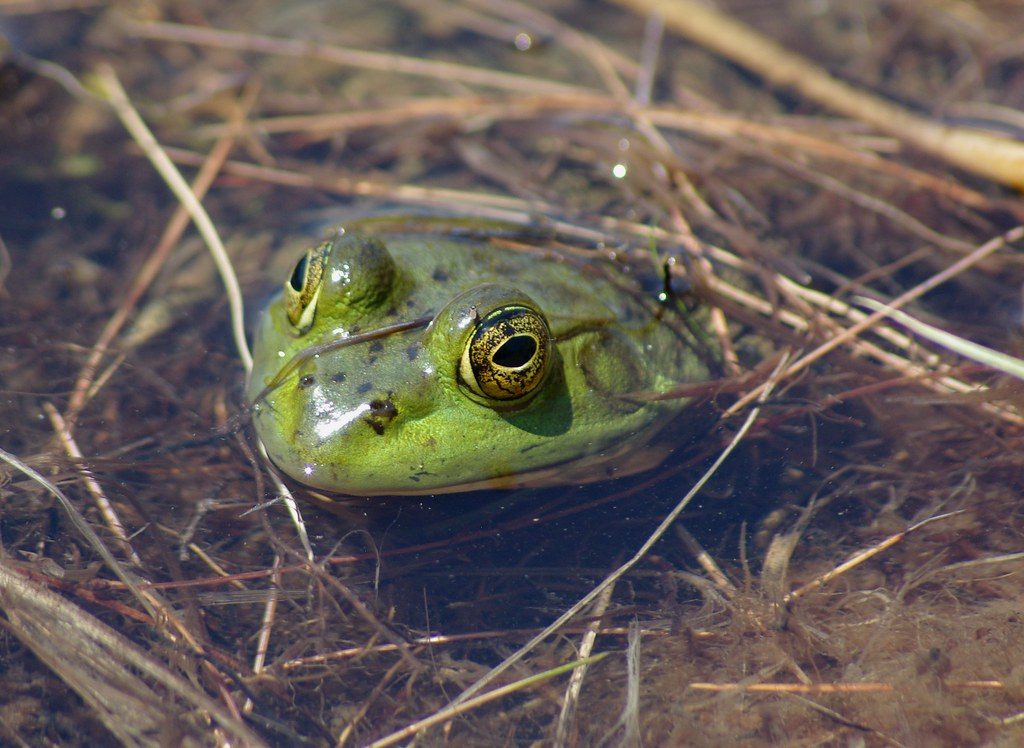
Scientists first noticed in the 1970s that some frog populations were declining rapidly. By the 1980s, some species appeared to be extinct. The loss of frog species was mysterious because many were actually living in pristine habitats that did not face pollution or deforestation.
By the late 1990s, researchers had identified that frogs in widely different places around the world were infected with a deadly fungus called Batrachochytrium dendrobatidis – or Bd for short. The fungus originated on the Korean peninsula, but the pathogen spread throughout the world, probably via the international trade in pet amphibians. By 2007, researchers speculated that Bd might be responsible for all known declines of frogs that had no other apparent cause – about 200 species.
Recently, a group of 41 scientists published the first worldwide analysis of the fungal outbreak and the devastation turns out to be far worse than anyone had previously realized. Populations of more than 500 species of amphibians have declined significantly because of the outbreak, including at least 90 species presumed to have gone extinct. These figures are more than twice as large as earlier estimates.
According to biologists, Bd is now considered to be the deadliest pathogen known to science. But the decimation of frogs peaked in the 1980s. Today, although 39% of the species that suffered population declines in the past are still declining, 12% are showing signs of recovery, possibly because natural selection is favoring resistant animals.
There is cautious optimism for the surviving amphibian species, but scientists worry that another strain of Bd or some different species of fungus altogether may prove even deadlier. The best we can do is not participate in moving pathogens around the world.
**********
Web Links
The Plague Killing Frogs Everywhere Is Far Worse Than Scientists Thought
Photo, posted June 19, 2010, courtesy of Chris Luczkow via Flickr.
Earth Wise is a production of WAMC Northeast Public Radio.
Leave a Reply